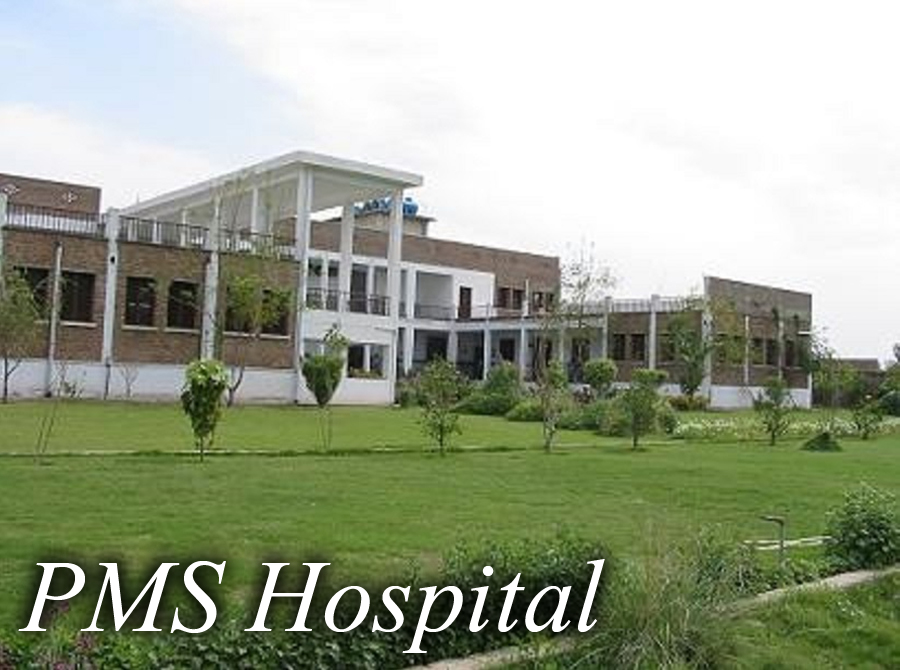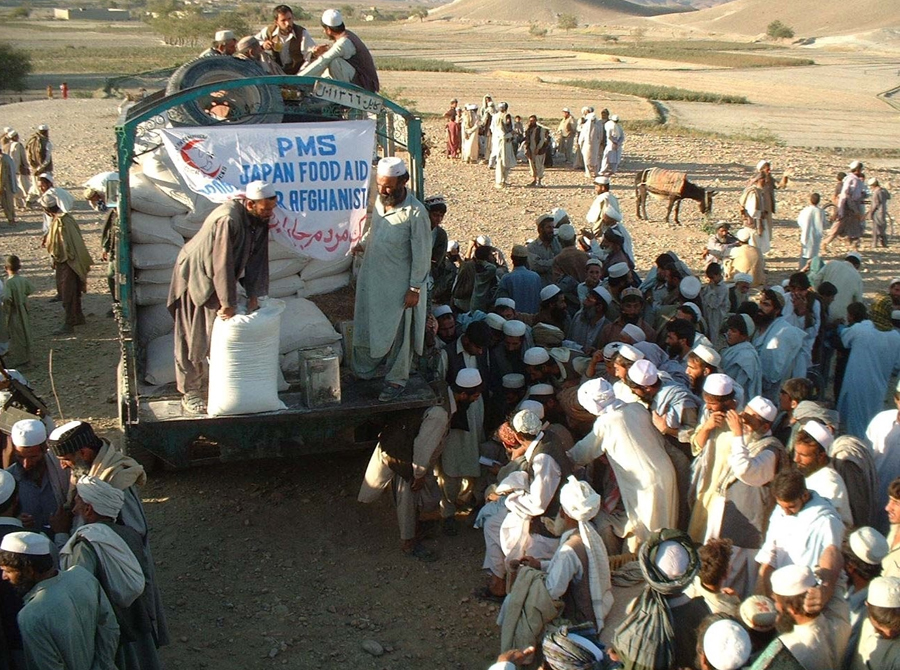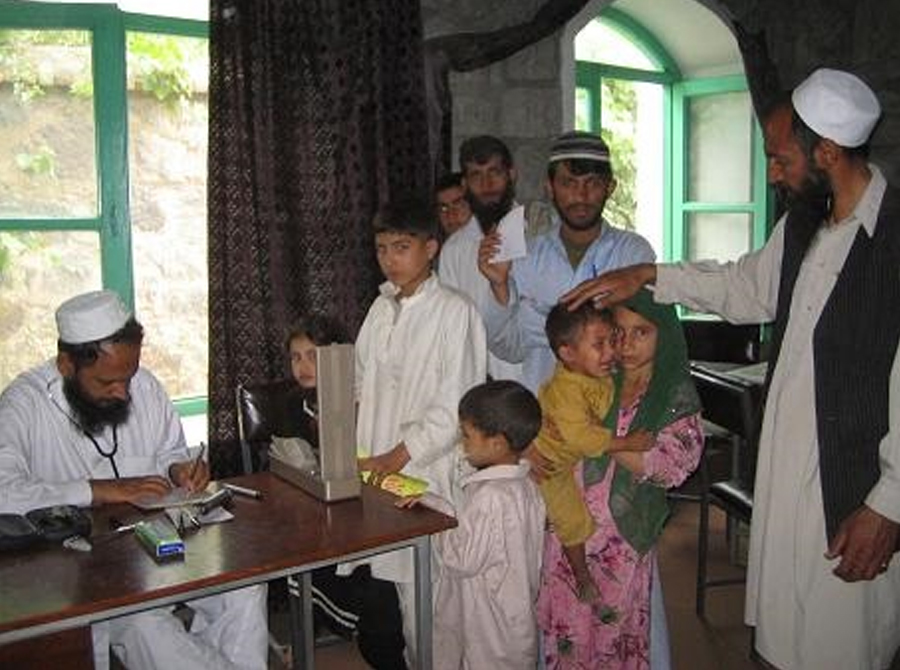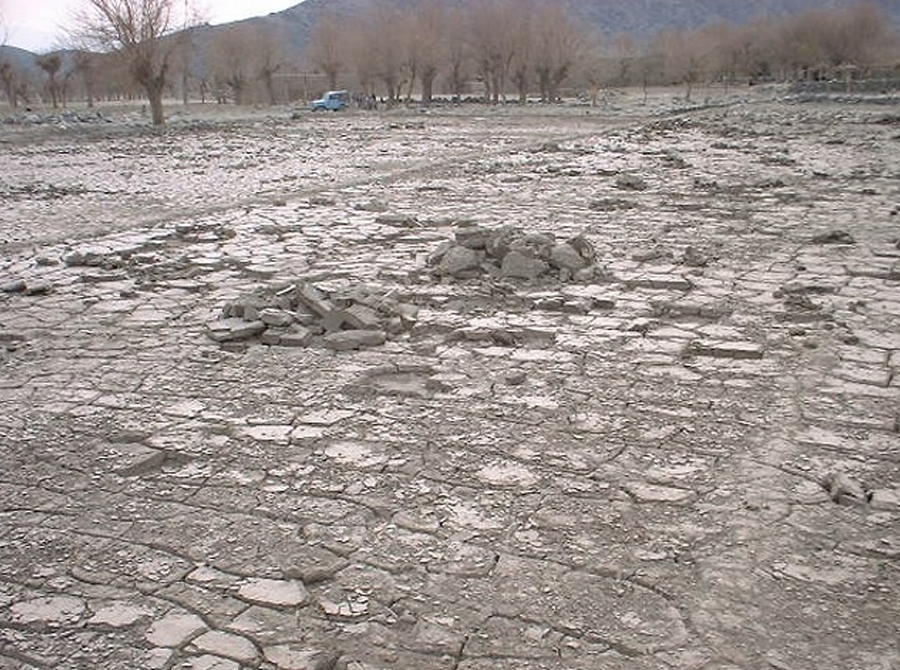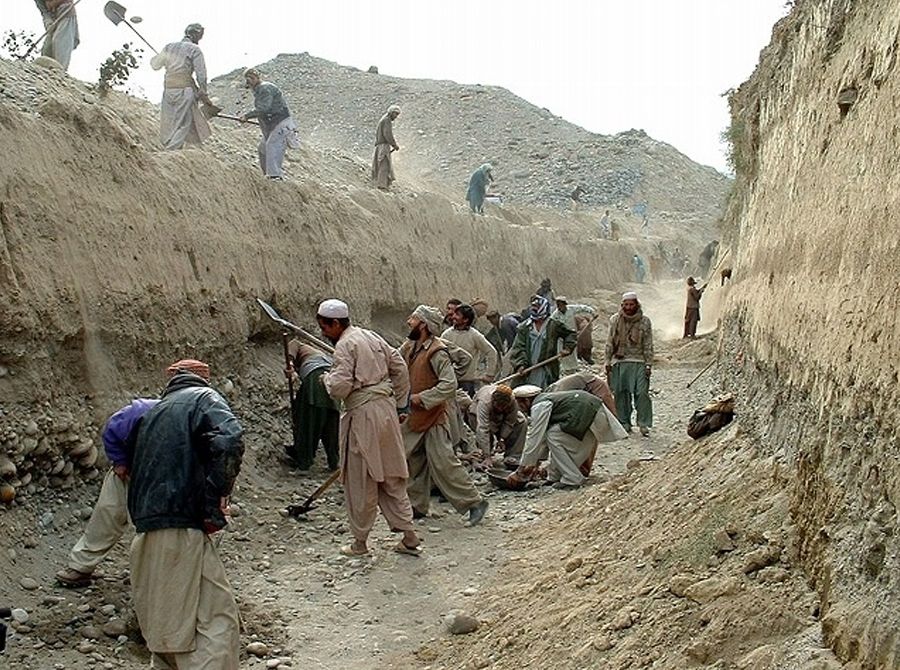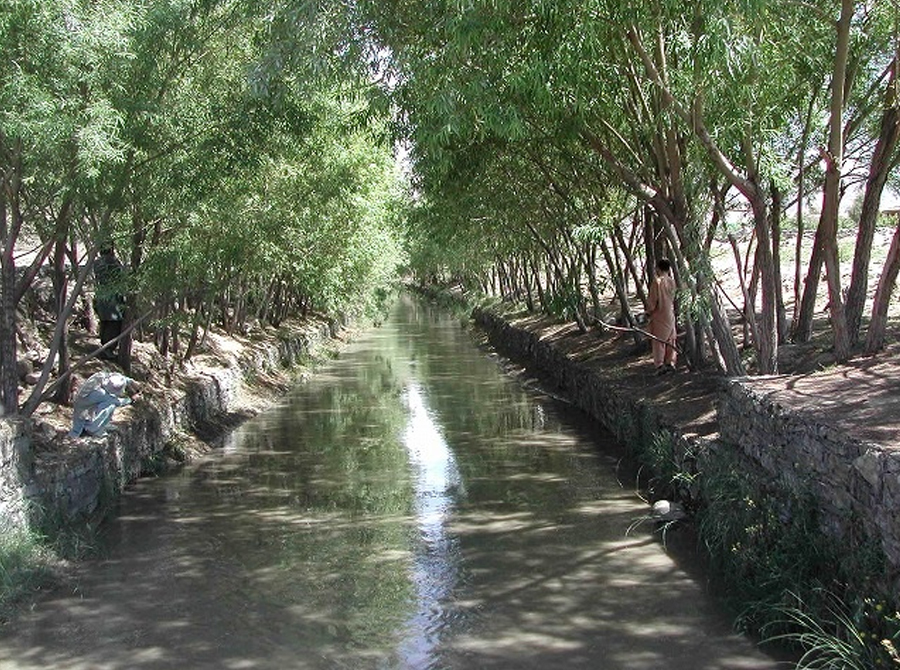Top» English
About
Peshawar-kai&PMS(Peace Japan Medical Services)
-
"We choose not to go to places where everyone is willing to go, but rather to places where help is desperately needed and no one else is willing to go."
Tetsu Nakamura
- First of all, please see a documentary of PMS・Dr.Nakamura's activity.
* 50 minutes
* There is an age limit because it contains video, audio, and images of medical procedures. Please see after logging in / * 医療行為の映像・音声・画像等を含むため、年齢制限があります。googleログインした後ご覧いただけます。(コミュニティ ガイドラインに基づく設定 » )
In 1984, Dr. Tetsu Nakamura went to Pakistan to work at the Leprosy Ward of Peshawar Mission Hospital in Peshawar where sufficient medical care was not available. Two years later, Dr. Nakamura began providing medical care to Afghan refugees residing in Pakistan. He then opened the PMS’s first clinic in Dara-e-Noor, a remote village in Nangarhar Province, Afghanistan in 1991. Ever since, he has continued to serve in rural areas both in Pakistan and Afghanistan where medical services had not been available. When malignant malaria broke out in the areas around Dara-e-Noor in 1993, he urgently called for help in Japan. With the money provided by Japanese donors, Dr. Nakamura purchased antimalarial drugs and treated over 20,000 patients.
In 1998, PMS Hospital was established in Peshawar to serve as the permanent base of PMS's medical programs operated both in Pakistan and Afghanistan.
In 2001, Dr. Nakamura established the “Afghan Fund for Life”. This fund allowed Dr. Nakamura’s team to provide food for displaced Afghans who had flooded into the nation’s capital of Kabul to escape war and drought. The team continued to deliver food even while the U.S. air strikes were going on, and by February 2002 they had succeeded in supplying food to 150,000 Afghans.
Although the PMS began as a medical aid organization, its focus, at least for now, has shifted to irrigation projects. This shift was prompted by Dr. Nakamura’s observation that many of the chronic medical problems suffered by villagers in the area were due to food shortages and malnutrition caused by the drought. Reviving farmland, he concluded, was the most pressing need.
MEDICAL PROJECT
Based in the PMS Hospital in Peshawar, Pakistan, the Peace (Japan) Medical Service, opened two clinics in the mountainous area in Pakistan, and three clinics in the mountainous area of eastern Afghanistan. At one point, the PMS operated a total of 10 clinics providing medical care for leprosy patients, Afghan refugees and underprivileged people, and also conducted routine mobile field clinics.
Unfortunately, however, after the Afghan war broke out in 2001, he was forced to close his clinics, one after another. At present, only one clinic in Dara-e-Noor remains. Currently, the PMS provides medical care to approximately 50,000 patients each year. Treating patients with Leprosy remains a big challenge and the PMS has been hindered in tackling this problem by the worsening security situation. However, because the continuing conflict has led many aid organizations to withdraw from the region, the relative importance of the role that PMS clinic plays in the area continues to grow.
In July,2009, because of the deteriorating security situation, the PMS handed over its base hospital in Peshawar to a local organization, and shifted its home base to Jalalabad in eastern Afghanistan.
GREEN GROUND PROJECT
The PMS launched planning of the Green Ground Project in 2002, following the emergency food delivery campaign in 2001. The project’s mission is to rehabilitate rural villages devastated by the drought. Most Afghans depend on farming for their livelihood. Consequently, the revival of agricultural production is a life-and-death issue for Afghanistan, which profoundly impacts the health and security situation in the country.
IRRIGATION PROJECT;
The Marwarid Irrigation Canal Construction Project was launched in March, 2003. The project drew water from the Kunar River system. This 25km-long canal, opened in March, 2010, is equipped with 13 regulating reservoirs and extends to the Gamberi Desert. It transmits 250,000 to 400,000 cubic meters of water a day and irrigates 3,000ha of land. This project has made use of traditional Japanese irrigation methods at many points. For example, gabion works and wicker works were installed for the canal. The oblique weir method was introduced at the especially important intakes, which are also equipped with a flashboard type sluice gate, sand basins, sand-flushing ditches have and stone spur dykes.These structures have become established features of the PMS’s water intake system, resistant to both flood and drought.
Since August 2010, this intake system has been exposed to many powerful floods. The PMS has responded by continuing to enhance its bank protection measures and to improve the overall irrigation system. As a result, the canals in the neighboring districts were also revived and many villages were saved from floods, thus demonstrating the effectiveness of the PMS Method. The PMS continues to refine its approach as more irrigation systems are being built in many different areas.
The PMS currently seeks to provide irrigation water to 16,500ha of farmland in its target area so that 650,000 farmers’ livelihoods are protected by stable irrigation. Such stable irrigation had been considered impossible to achieve for decades. The PMS intends for its projects to serve as a model for local rehabilitation. Furthermore, 620,000 trees were planted along the canal and 380,000 more trees were planted to create erosion control forests. In total, over 1,000,000 trees have been planted, including the ones planted along the levees.
The Marwarid Canal has now entered the maintenance phase. Efforts to establish a system to maintain and manage the canal by the local residents is underway at the moment.
AGRICULTURAL PROJECT:
In 2002, the PMS launched a pilot farm in Dara-e-Noor with the aim of reviving self-sufficient communities. After contemplating on the pilot farm’s future, the PMS moved it to Gamberi Desert situated at the end of Marwarid Canal in 2009. So far, 50ha out of the 230ha land in total has been cultivated. In addition to grains, potatoes and other vegetables, 250,000 orchard trees such as pomegranates, oranges, and peaches, have been planted. It is expected these fruits will be shipped out to the markets in the near future. Raising livestock has also become possible, thanks to the project. Afghanistan used to enjoy nearly 100% self-sufficiency. In recent years, however, the self-sufficiency rate has fallen to less than 50%. Taking this decline into consideration, the significance of showcasing a successful agricultural rehabilitation project using this pilot farm cannot be ignored.
- “We do not necessarily have a firm philosophy about what an aid organization should do. What is very clear to me, however, is that we must view things from the local people’s perspective and respect their culture and values so our work will truly benefit them.” -- Tetsu Nakamura
Peshawar-kai Office:
Email: peshawar@kkh.biglobe.ne.jp
web site:peshawar-pms.com
Chairman: Masaru Murakami, M.D.
Representative in Afghanistan: Tetsu Nakamura M.D.
Peshawar-kai was established in September 1983 to support Dr. Tetsu Nakamura’s medical aid mission in Pakistan.Currently, Peshawar-kai supports the medical,irrigation/flood control, and comprehensive rural reconstruction projects conducted by Dr. Nakamura and his team in Afghanistan.
- Humanitarian and Medical Aid
-22 Years in Afghanistan»
Good afternoon, ladies and gentlemen.I am honoured to be invited here to talk to you today. Thank you very much for this opportunity/by Testu Nakamura
- Amid endless Afghan tragedy,doctor won't quit»
by Daisuke Furuta(International Herald Tribune ~The Asahi Newspaper)/10, April 2010
- Overall Review Of Fy2003»
by Tetsu Nakamura, Executive Director, Peace (Japan) Medical Services (PMS). Excerpt from Peshawar-kai News Letter #80/7, July 2004
- Point Of View»
Tetsu Nakamura: Military action prompting Afghan backlashs/13, December 2003
- The 2003 Ramon Magsaysay Award for Peace and International Understanding Cituation for Tetsu Nakamura»
The 2003 Ramon Magsaysay Award Presentation Ceremonies 31 August 2003, Manila, Philippines/31, August 2003

